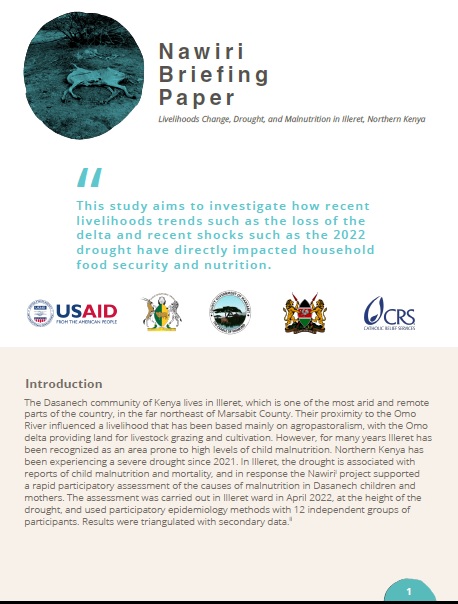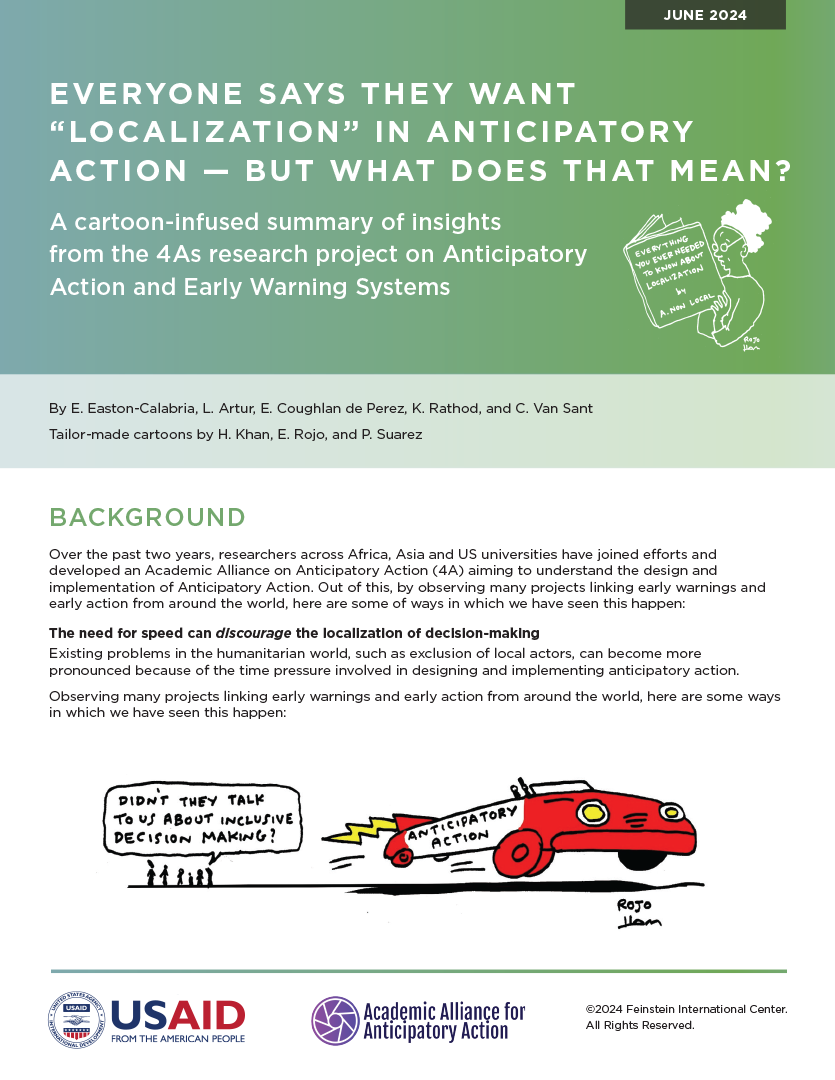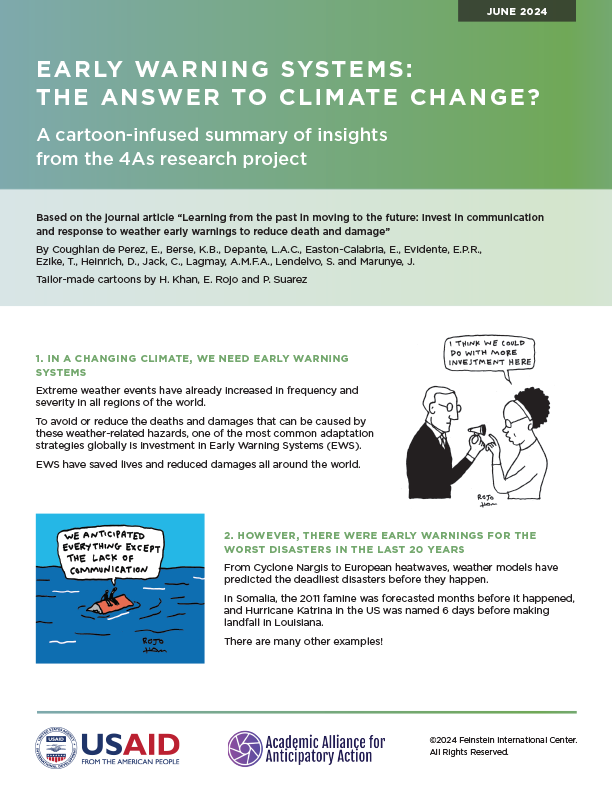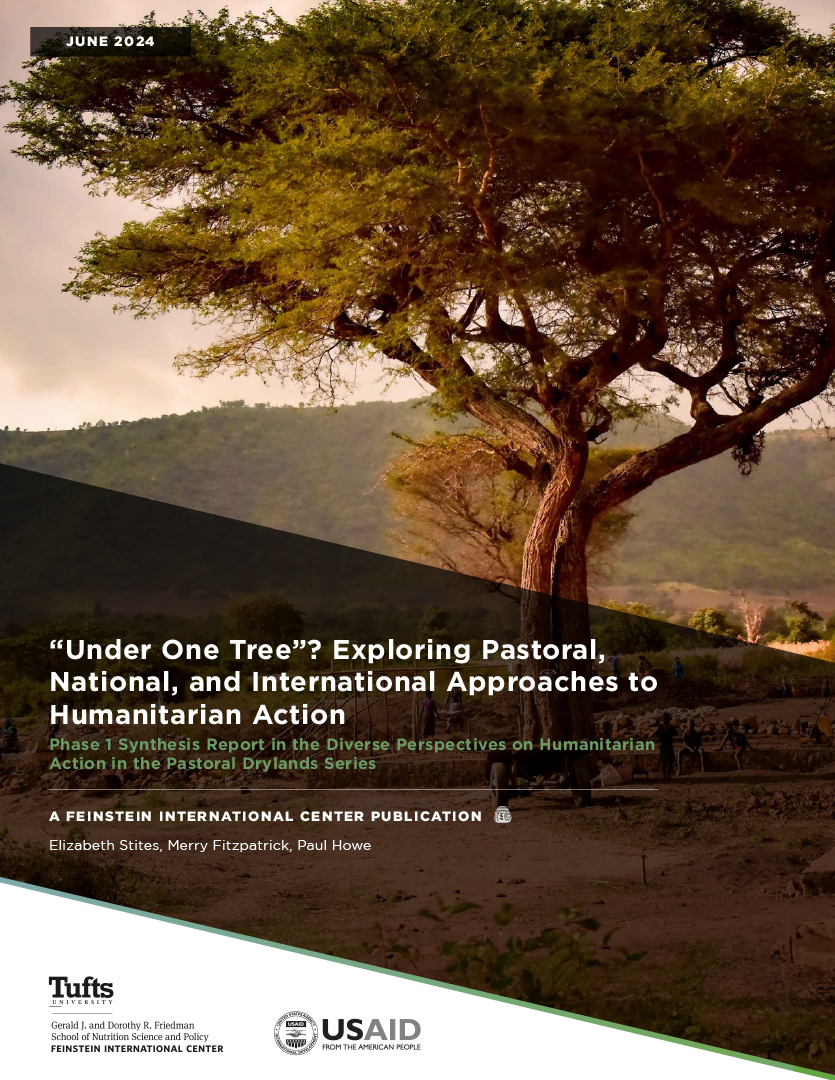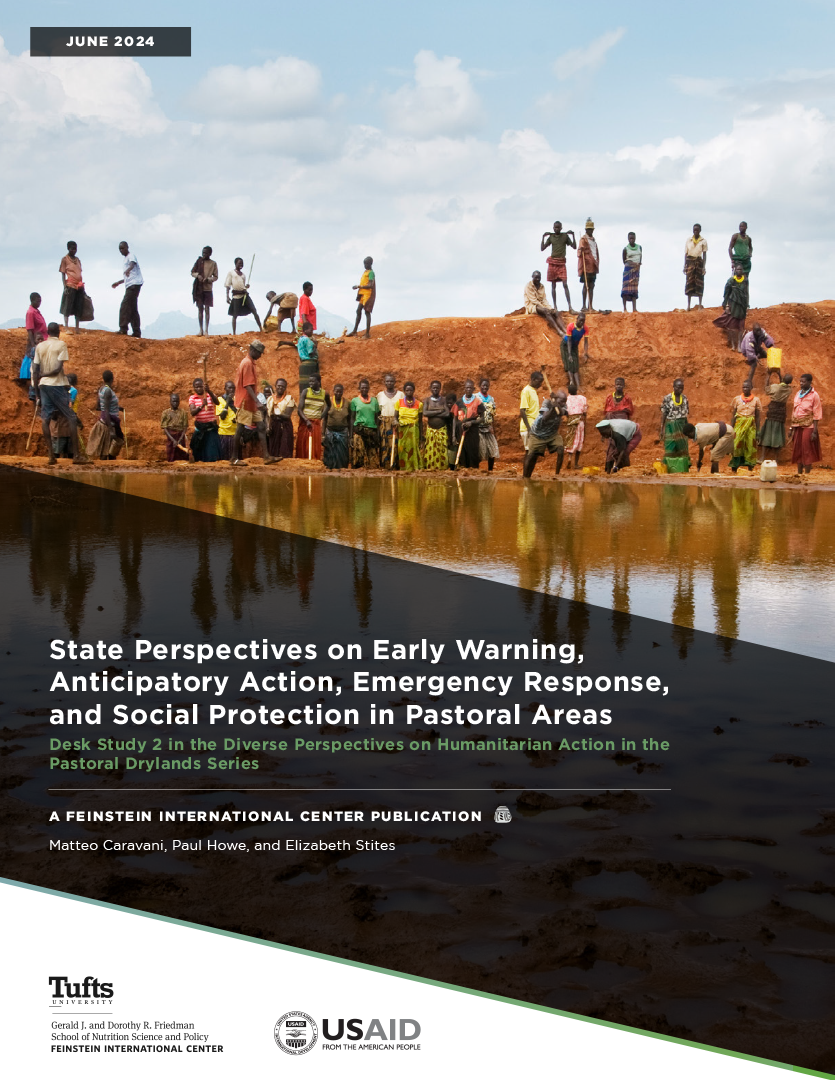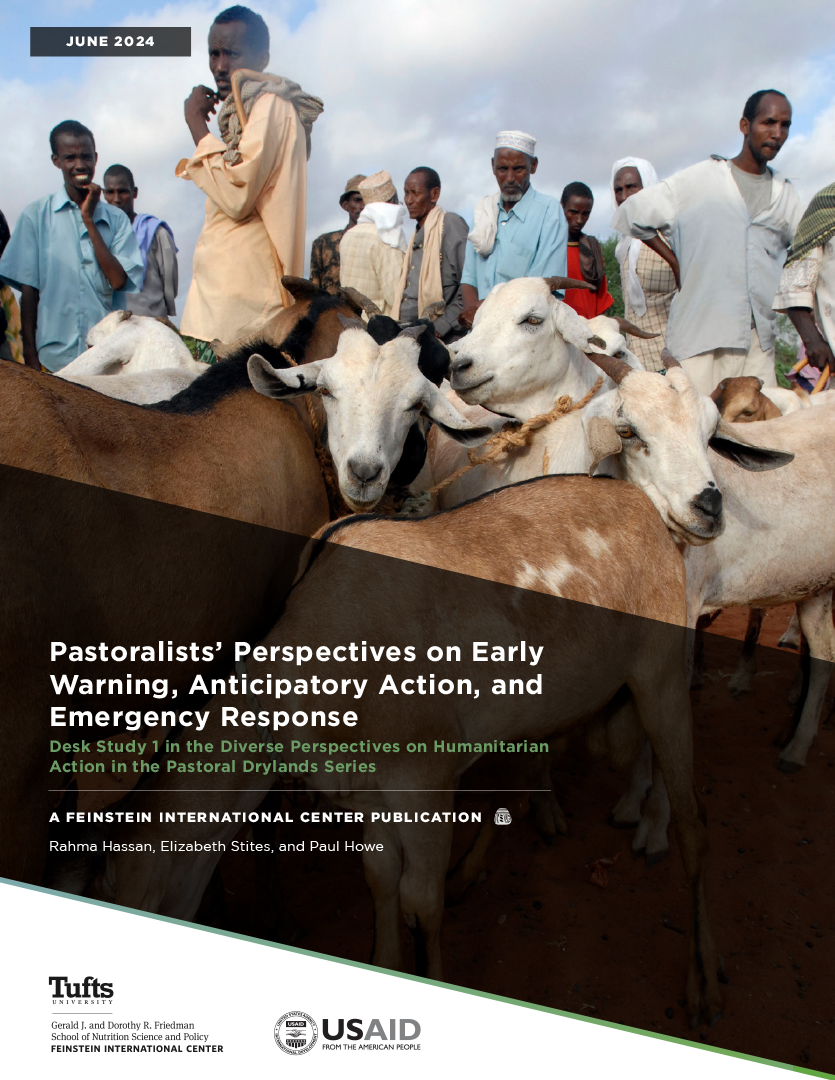In early 2022, northern Kenya was suffering from a severe drought that resulted in widespread livestock mortality and increased child malnutrition and mortality. To develop an appropriate response to the worsening situation, the Nawiri project conducted a rapid community-level analysis of the causes of acute malnutrition in Illeret ward in Marsabit County in Kenya. Illeret is primarily inhabited by the Dasanech community who until recently have depended on the Omo River delta for their livelihoods.
Participants identified livelihood shocks and trends over the past twenty years, including the ongoing drought as the root causes of malnutrition. Aside from the drought, the main shock to livelihoods has been the loss of the flood recession farmland and the dry season cattle grazing reserve along the Omo delta due to rising water levels on Lake Turkana. The assessment looked at changes in the contribution of different food sources, changes in herd composition, and changes in the proportion of households engaging in fishing, which is a survival strategy not a meaningful and sustainable livelihood in this area.
The results show a severe decline in livelihoods and food security since 2010. This indicates that the adaptive capacity of the Dasanech in Kenya has reached a critical limit. Following the drought of 2021–2022, it’s uncertain what the future holds for this community unless clear pathways towards improved livelihoods can be identified and supported.
This briefing paper provides a brief snapshot of the results. The full report is available here.
This study is part of the Nawiri (Nutrition in the ASALs within Integrated Resilient Institution) program. Nawiri aims to sustainably reduce persistent acute malnutrition by designing and implementing an approach for supporting, strengthening, and protecting systems and institutions. The project is funded by USAID/Bureau of Humanitarian Assistance (BHA) and the consortium implementing the program in Isiolo and Marsabit counties in northern Kenya is led by Catholic Relief Services (CRS).

